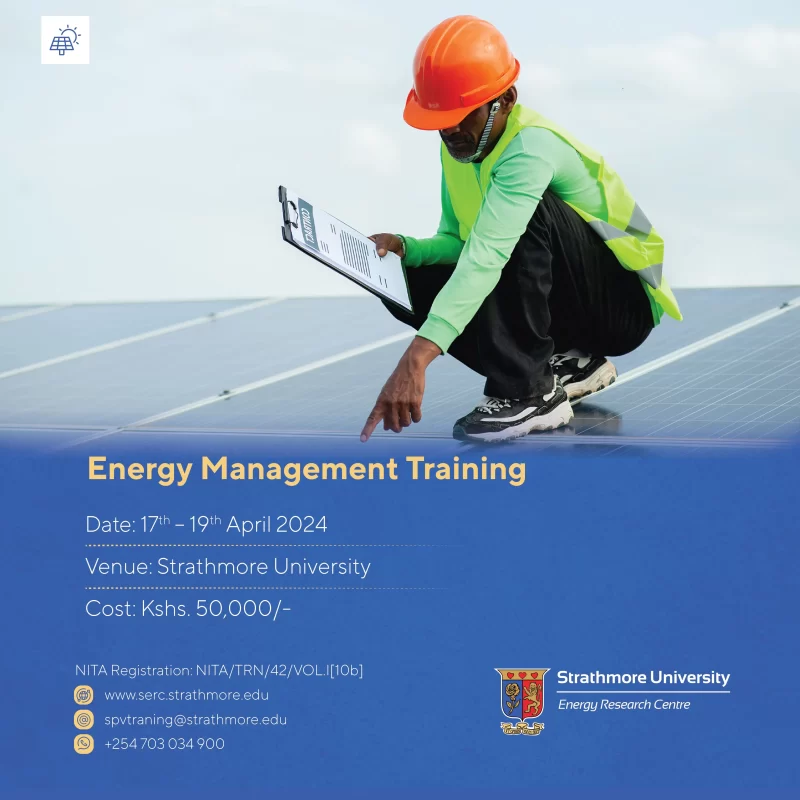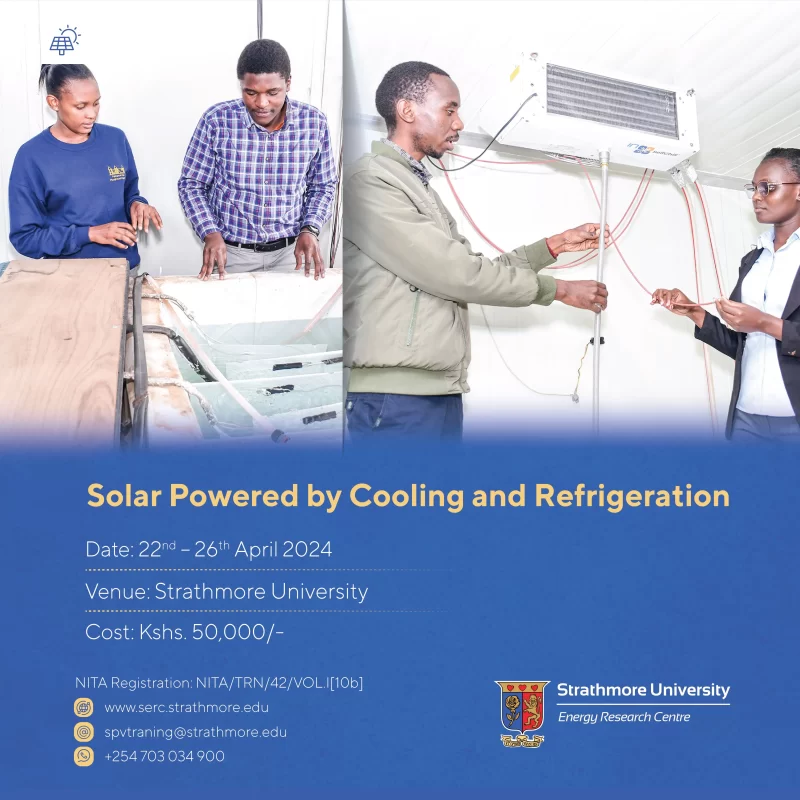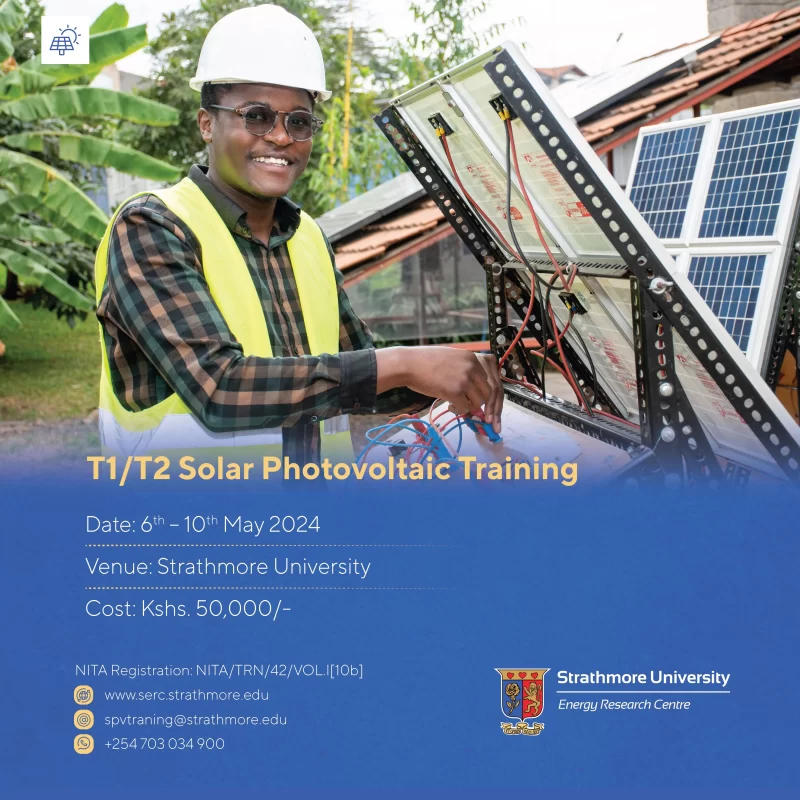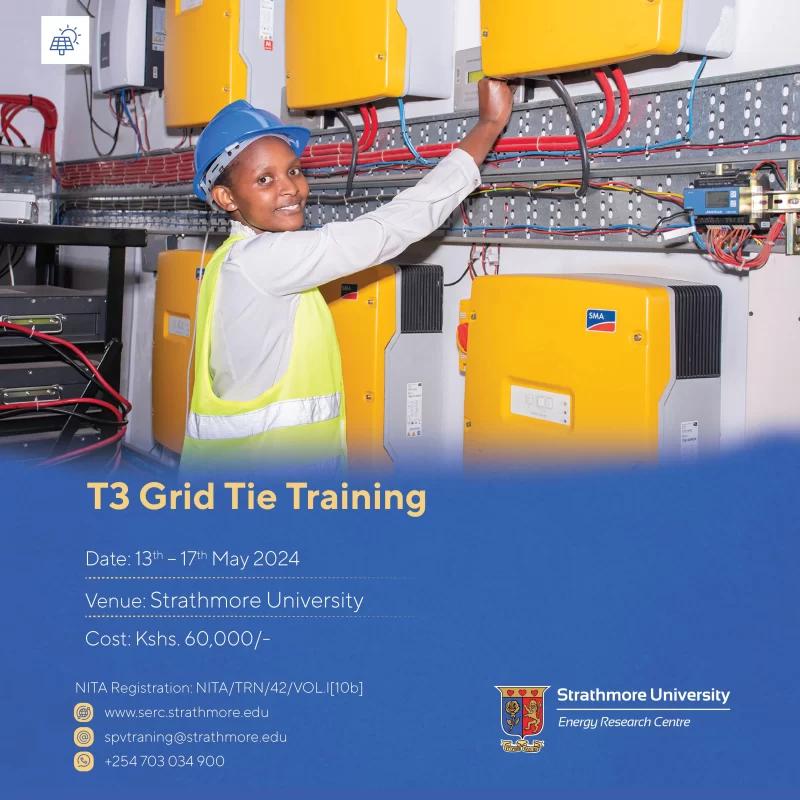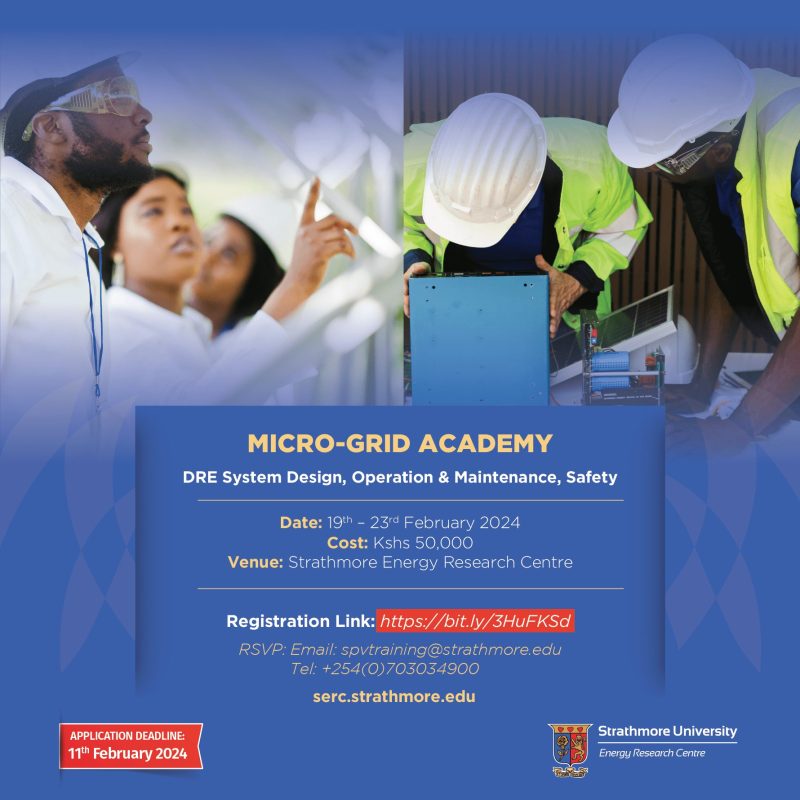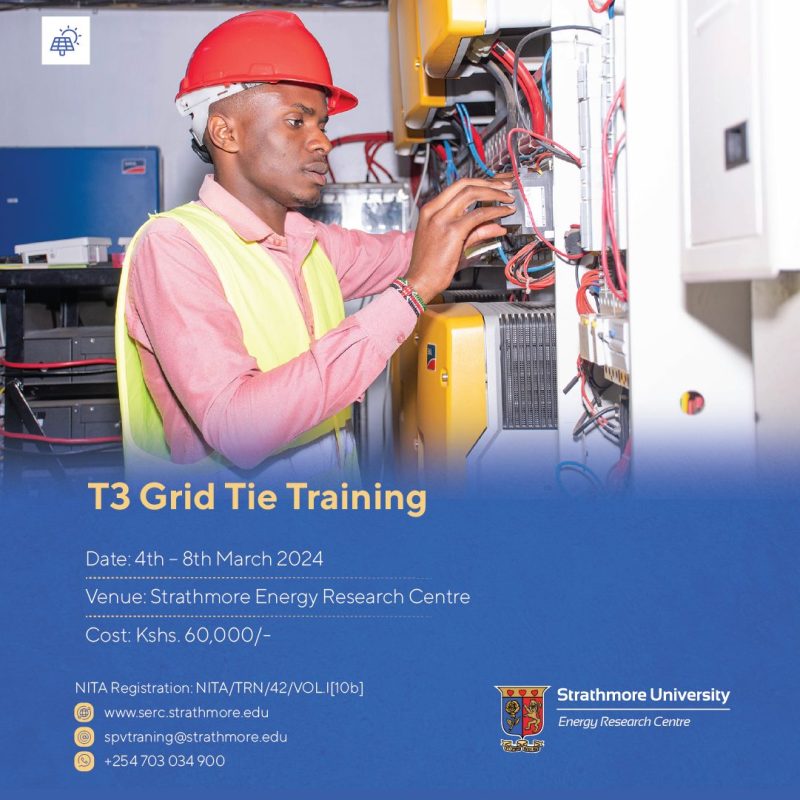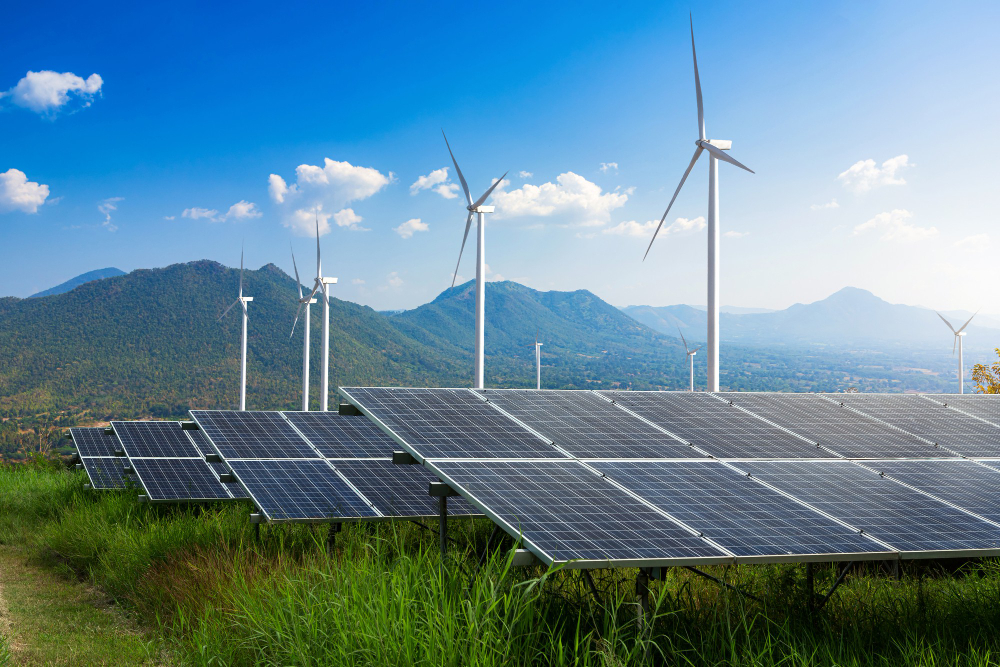
Globally, we continue to witness adverse weather conditions in the form of floods, heavy snow, forest fires, drought, blizzards among others due to climate change. As a country, we need to rethink how we contribute to the effects experienced globally especially in the roads sector which is powered mostly by fossil fuels and 72 percent imported petroleum products. It is projected that the roads sector will increase greenhouse gas emissions by 3 percent in 2030 up from 13 percent in 2015 not to mention the effects it will have on our health.
It is with this sobering reality and a bid to reach Kenya’s Nationally Determined Contribution (NDC) to abate greenhouse gas (GHG) emissions by thirty two percent by 2030, that the Ministry of Roads and Transport established the Electric Mobility (e-Mobility) Taskforce to develop a National e-Mobility policy, Strategy, Legislations and Regulations for Kenya in August 2023.
On 27th March 2024, the e-Mobility taskforce launched the draft National e-Mobility policy with a mission to create a pathway towards transportation that is more sustainable, efficient, and equitable, powered by e-Mobility with a vision to position Kenya as a leader in e-Mobility transition in Africa.

The draft policy is guided by seven key objectives that includes developing legal and regulatory frameworks, promoting local manufacturing and assembly of electric vehicles, enhancing e-Mobility infrastructure, building local technical capacity, scaling up socioeconomic measures, reducing over reliance on Road Maintenance Levy (RML) and improving fiscal and non-fiscal measures to promote fast adoption of electric vehicles in Kenya.
During the launch, Cabinet Secretary (CS), Kipchumba Murkomen EGH stated that the Ministry of Roads and Transport has begun the process of assigning green-coloured number plates for all electric vehicles including electric motorbikes. Special plates he added will help raise awareness about electric vehicles.
The use of green number plates as a non-fiscal incentive is a good start but more needs to be done to accelerate the adoption of electric vehicles. The draft national e-Mobility policy highlights the importance of also having fiscal incentives as part of the policy packages that can encourage Kenyan’s make the ultimate switch from internal combustion engine (ICE) to electric vehicles (EVs).

Currently, to import a fully built electric bus will cost around Kshs 60 million (USD 453,000) while a fully built imported ICE bus will cost around Kshs 25 million (USD 188,000). In the two-wheeler sector, a new electric motorbike costs roughly Kshs 240,000 (USD 1,800) and an ICE motorbike costs about Kshs 200,000 (USD 1500).
During her speech, Rebecca Miano, EGH reiterated the importance of incentives and affirmed stakeholders that the Ministry of Investment, Trade, and Industry is working to incentivize EV manufacturers, assemblers especially batteries which is the most expensive component in the manufacturing of electric vehicles. This policy she added will guide the ministry in the implementation of this.
The draft national e-Mobility Policy is now publicly available. We urge all Kenyans to acquaint themselves with the future of sustainable transport in Kenya by reading the policy and chiming their thoughts as we move the process forward.
The e-Mobility taskforce will now embark on public participation meetings in six regions, commencing mid-April. These meetings will be open to the public, providing an opportunity for them to gain deeper insights into the policy and share their thoughts.
Strathmore University continues to play a pivotal role in developing the policy, with three members of staff actively participating in the e-Mobility taskforce. Professor Izael Da Silva leads the team, alongside Ignatius Maranga and Anne Njoroge.
This article was written by Anne Njoroge, Communications Officer at Strathmore Energy Research Centre, and a member of the e-Mobility Taskforce.

